Overview
Map
Other Details
كنيسة مار نوهرا ومارت صوفيا
Kfar Mashoun
Jbeil
Mount Lebanon
كنيسة مار نوهرا ومارت صوفيا - دملصا هي كنيسة بخوروسين تعود للعصر البيزنطيّ. تحوي الكنيسة على نقوش صلبانٍ وآثار جداربّات من القرون الوسطى. من هذه الكنيسة خرج البطريركان يوحنّا الدملصاوي في القرن الثامن وإرميا الدملصاوي (١٢٨٢-١٢٩٧). رُمّمت الكنيسة سنة ١٩٩٩. The Church of St. Nouhra (Logius) and St. Sophia - Dmalsa It is a double-choired church that dates back to the Byzantine era. The church holds cross engravings and the remains of medieval frescoes. From this church, two patriarchs were given to the Maronite community: Youhanna Dmolsawi in the VIIIth century and Ermia Dmolsawi (1282-1297). The church was restored in 1999.
Visited 4801 times, 4 Visits today



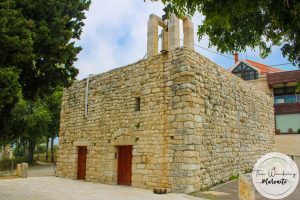


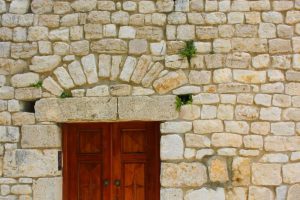

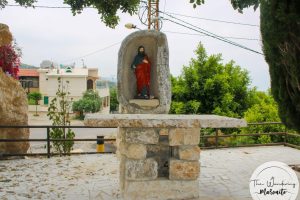
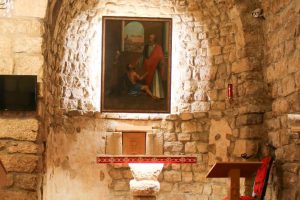
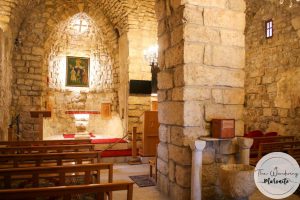
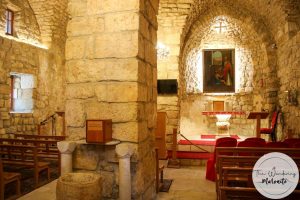
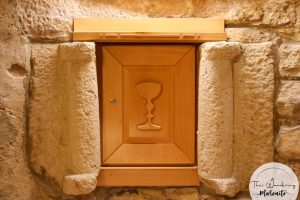













Reviews are disabled, but trackbacks and pingbacks are open.